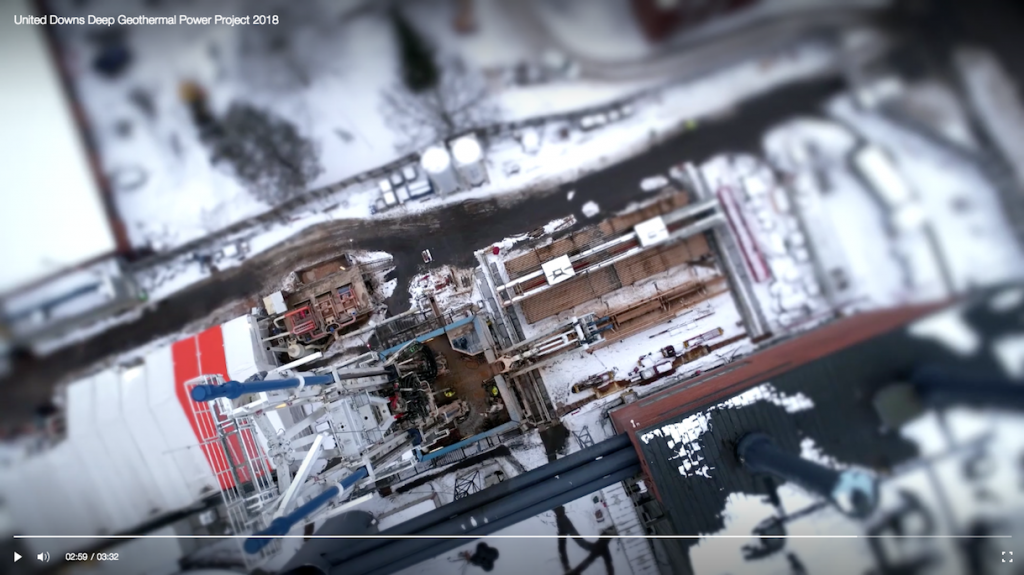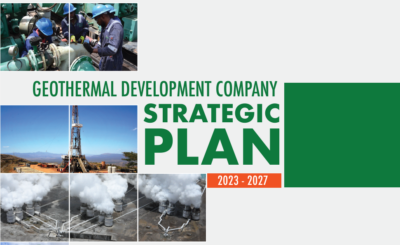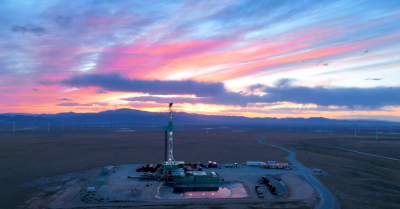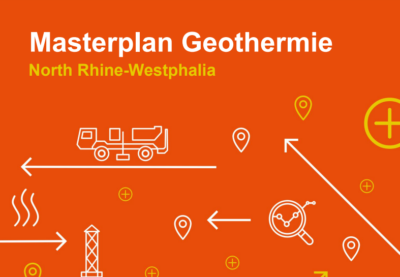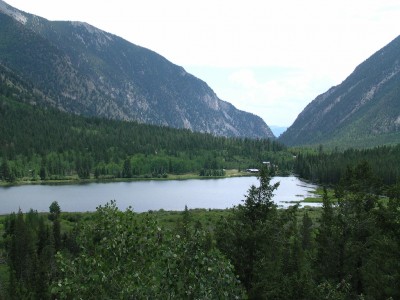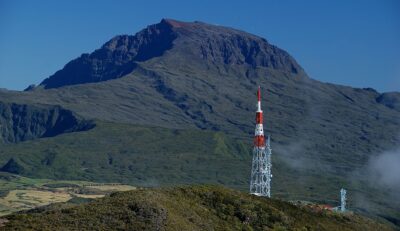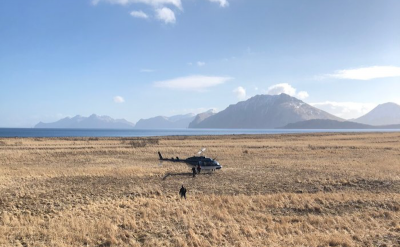Firms receive $2m in funding on work on downhole tools to enable EGS
Under the ARPA-E program of the U.S. DOE, Fervo Energy and Lawrence Livermore National Lab receive together $2m for work on downhole tools to help enable Enhanced Geothermal Systems.
Earlier this year, ARPA-E announced funding for a range of the most innovative and unconventional ideas across the energy technology spectrum, exploring high-risk R&D that could lead to the development of disruptive technologies. The topics explored under this opportunity are not part of existing ARPA-E programs, but if successful could establish new program areas for ARPA-E to further explore.
The first of these topics, extremely durable concretes and cementitious materials, tackles technology challenges in the development of widely applicable concrete and cement.
The second of these topics, downhole tools to enable enhanced geothermal systems, seeks to better develop novel, low-cost sensor technologies that can help mitigate risks and lower costs for deep, extremely hot enhanced geothermal systems (EGS) by better characterizing rock formations and fluid enthalpy at depth. EGS technology has the potential to improve the economic cost-competitiveness of geothermal energy, while also lessening geographic restrictions of geothermal as an energy sources.
The U.S. possesses a massive strategic asset in its existing supply of geothermal energy, and deep extremely hot EGS represent a potential zero-carbon resource capable of delivering hundreds of gigawatts of baseload electricity with a very small land footprint per unit power. Additionally, developing downhole sensor technologies leverages existing domestic oil and gas industry’s sophisticated subsurface techniques and sources of human capital, offering the potential to improve and innovate on technologies that could also be utilized elsewhere in the aerospace, automotive, nuclear, and even space exploration fields.
Take a look at ARPA-E’s selections for projects to develop downhole tools to enable enhanced geothermal systems, as well as extremely durable concretes and cementitious materials, and stay tuned for updates on our selections for downhole tools to enable enhanced geothermal systems and innovations supporting nuclear energy!
Downhole Tools to Enable Enhanced Geothermal Systems
Recipient: Lawrence Livermore National Laboratory – Next Generation High-Temperature Optical Fibres – $800,000 in funding
Develop a novel process for applying metallic coatings to optical fibers that will allow the fabrication of distributed optical sensors for high-temperature geothermal wells and explore quantum sensing techniques to dramatically increase sensitivities. This new optical technology will fill an important technology gap to enable distributed sensing in high-temperature enhanced geothermal system wells and help optimize production.
Recipient: Fervo Energy Company – Solve EGS: Surface Orbital Vibrator for Evaluation of Enhanced Geothermal Systems – $1,180,000 in funding
The proposed fiber-optics based integrated tool will provide an unprecedented level of detail on the most critical aspects of an Enhanced Geothermal System (EGS) – the hydromechanical properties and geometry of the fracture zones that provide flow connections between the reservoir and the well. It has the potential to play a major role in catalyzing the 100 GW, $300B opportunity for EGS in the United States.
Source: ARPA-E release
